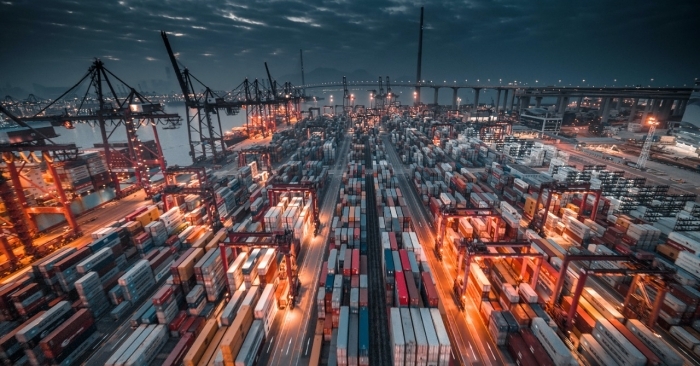Container prices 143% higher in India but cool off, availability still a concern
Indian ports have experienced massive container inbounds this year and the average prices are 143 percent higher than 2019 (the pre-pandemic times), according to data from Container xChange.
December 17, 2021: Indian ports have experienced massive container inbounds this year and the average prices are 143 percent higher than 2019 (the pre-pandemic times), according to data from Container xChange.
The average prices for a 40-feet high cube container peaked in September reaching $5,625 at Chennai and $5,044 at Nhava Sheva. Prices declined to $5,295 in Chennai and $4,745 in Nhava Sheva as on December 1, 2021. These prices were generally between $1,500-$2,000 in pre-pandemic times.
Chennai continues to rank seventh globally for the most expensive 40HCs and ranks third for 40DCs.
Availability continues to be scarce
Container Availability Index (CAx) - indicating entry/exit of containers at particular ports - was close to 110 percent higher this year than in 2019. (An index below 0.5 means more containers leave a port compared to the number that enter the port. A reading above 0.5 means more containers are entering the port.)
At Mundra, the CAx values are 5X higher compared to last year as well as 3X higher than the corresponding week in 2019 - a trend that has been consistent throughout the year.
"The persistently high CAx values indicate two significant challenges for the Indian container logistics industry - empty container sailings and struggle to export containers owing to supply chain bottlenecks. Ironing out these would still take months and greater involvement from the authority," a Container xChange official said.
2021 was an outstanding year for the shipping industry, said Dr. Johannes Schlingmeier, founder and CEO, Container xChange. “The staggering earnings and profits for ocean freight companies have surpassed the combined industry profits made over the whole decade. It was also a year that showed that shippers were “willing” to pay higher prices for shipping. Now, those earning and profits will need to prove that this money can be put to good use to improve service levels across the industry. This has to go beyond the traditional levers of investing in more container capacity – but also into landside infrastructure, inland transportation and infrastructure for cross-industry collaboration to build resilience for the industry.”
When 2021 saw a slight recovery from the pandemic, Omicron - the new variant - shook the industry once again. Christian Roeloffs, Cofounder and CEO, Container xChange, said: “We foresee that COVID-19 and its new variants will continue to disrupt port operations and labour capacity as we progress into 2022. Persistent unpredictability is warranted. We’ve also started to observe container prices and leasing rates going down. Once prices slide significantly, they risk crashing. If we look at the current demand, we see that the demand for containers hasn’t increased significantly.”
He added that the current spike in rates is caused by a temporary supply crunch. “With disruptions such as labour union conflicts at U.S ports easing up, we’ll also see the capacity challenge improving. However, the “return to normal” seems to be coming earlier than many of us first anticipated – and it might be as early as the second half of 2022.”




